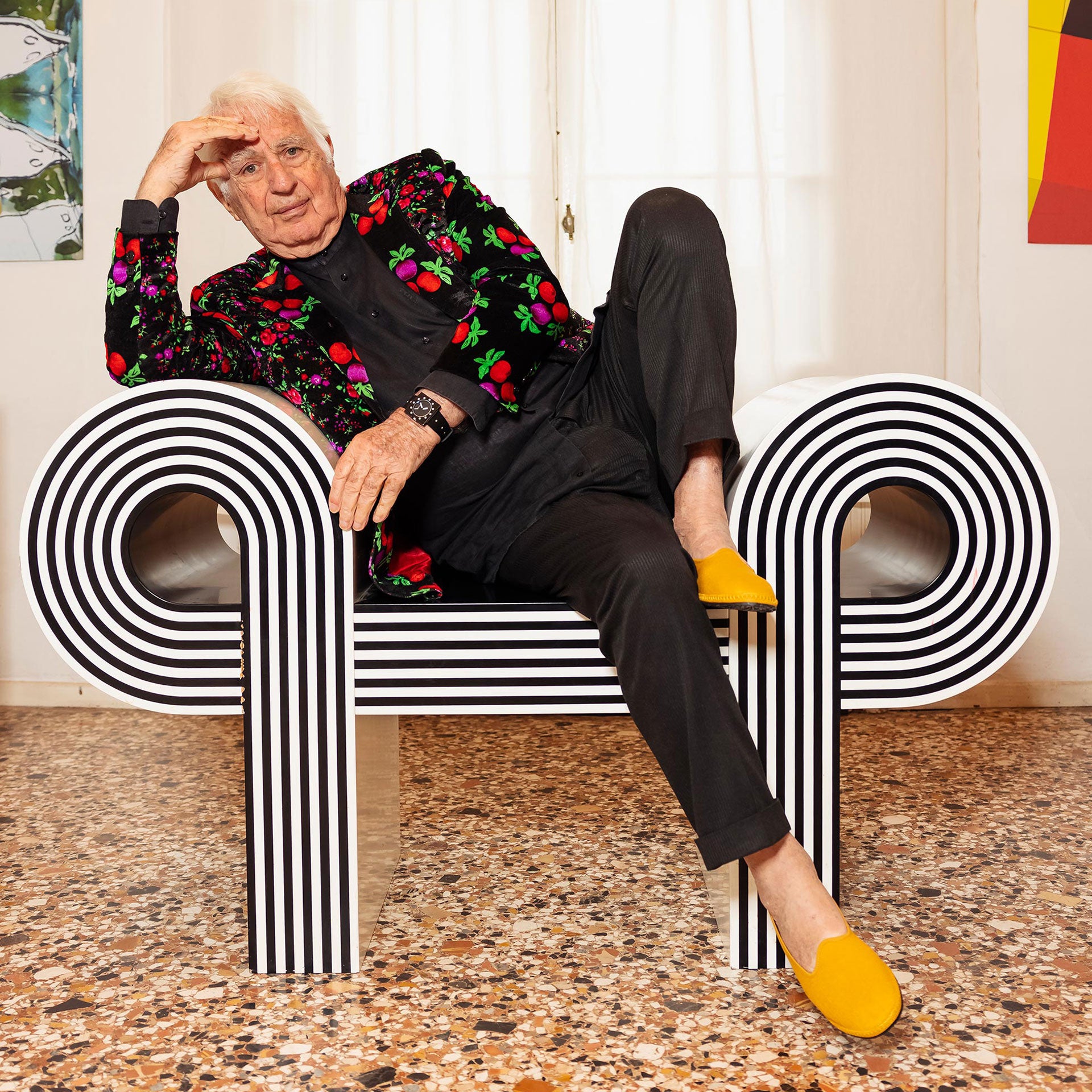A Renaissance Dream: Villa Pisani Bonetti
When you think of Renaissance architecture, Italy is probably the first answer that springs to mind. If Florence and Tuscany are considered the birthplace of Renaissance, Vicenza and its surrounding region have certainly nothing to envy.
The golden age of the province of Vicenza began around 1540, when the Venetian aristocrats redesigned the historic centre and the surrounding countryside, entrusting the task to Andrea Pietro della Gondola, also known as Palladio. His task was to design the new residences owned by Venetian nobles in the Vicenza area and beyond.
The buildings stand out for their elegance, balance and perfect symmetry, in a continuous succession between modern and ancient. In a few years Andrea Palladio's works changed the urban layout of the historic centre of Vicenza and part of the surrounding landscape, thus creating extraordinary villas in the surrounding countryside.
It was for these reasons that we took our way to the marvellous Vicenza countryside to shoot our Fall Winter Campaign at one of the most known and earliest of Ville Palladiane: Villa Pisani Bonetti.
The Place
Recognized as World Heritage by UNESCO, Villa Pisani Bonetti is located about thirty kilometres from Vicenza, in the hamlet of Bagnolo, among the vineyards and crops of the wonderful Berici Hills.
This project, designed in 1542 for the powerful Pisani brothers, marked the beginning of the fertile collaboration between Palladio and the Most Serene Republic of Venice.
Palladio's objective proved to be very ambitious: it had the aim of creating an elegant country house suitable for the refined tastes of the Pisani brothers but which, at the same time, also had to be functional for agricultural work, thus introducing in the world of architecture the concept of useful and delightful.
Like a Roman temple, the Villa stands on a base that gives impetus to the building, with an entrance by land and another on the water.
A rich pictorial fresco decoration, with scenes from Ovid's Metamorphoses, by Francesco Torbido, dialogues with the architectural space, enhancing its monumentality.
Today, the Villa offers a unique experience of Renaissance architecture, hosting an important contemporary art collection – both inside the villa and the surrounding park – and is flanked by an elegant Relais and a restaurant. Nonetheless the Villa is the operational base of the famous designer Cleto Munari, with whom we had a nice chat here.
The Restaurant
Located within the historic walls of Villa Pisani operates Osteria del Guà.
Guà was the name in local dialect of the River Novo, flowing alongside the property.
The location is the perfect setting for romantic dinners, evenings with friends, parties and elegant business lunches.
Far from the frenzy of the city, the Osteria features a flavorful and familiar cuisine centred around excellent ingredients and seasonality, with the kind collaboration from the vegetable garden of Villa Pisani.
An indoor dining room and, for the balmy weather, a precious outdoor patio that looks out directly onto the Villa façade.
The mix of beauty, regality and good food that cannot be missed.

Discover the 'La Villa FW23' lookbook.



